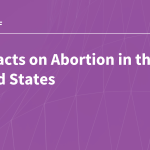
Key Facts on Abortion in the United States
This issue brief answers some key questions about abortion in the United States and presents data collected before and new data that has been published since the overturn of Roe v. Wade.

This issue brief answers some key questions about abortion in the United States and presents data collected before and new data that has been published since the overturn of Roe v. Wade.

“You know when the Patient Access Curator went live because you can see it in our stock price. It helped us drive a $100 million bottom-line improvement within two quarters.” —Ken Kubisty, Vice President of Revenue Cycle at Exact Sciences Challenge Exact Sciences is a prominent cancer diagnostics laboratory with an annual net revenue of…

As Congress considers ways to cut Medicaid spending to help finance the extension of federal tax cuts, a new KFF analysis finds that imposing a cap on federal spending per Medicaid enrollee—known as a “per capita cap”—could trigger a decrease in federal Medicaid spending over a 10-year period of $532 billion to almost $1 trillion,…More
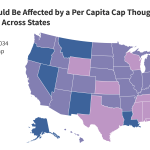
This analysis examines the potential impacts on states, Medicaid enrollees, and providers of implementing a per capita cap on federal Medicaid spending, which is one proposal that has been discussed in Congress. Such a plan could decrease federal Medicaid spending by $532 billion to almost $1 trillion over a 10-year period, depending on how states…
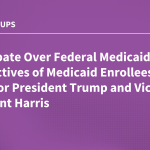
The Republican-led Congress is considering plans to cut Medicaid to help pay for tax cuts, with the House budget resolution targeting $880 billion or more in potential reductions to federal Medicaid spending. To better understand the experiences of Medicaid enrollees and their perceptions of potential changes to the program, KFF conducted five virtual focus groups…
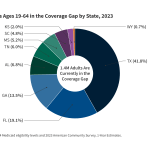
This analysis estimates that 1.4 million uninsured individuals in the ten states without Medicaid expansion, including many working adults, people of color, and those with disabilities, remain in the “coverage gap,” ineligible for Medicaid or for tax credits that would make coverage through the Affordable Care Act’s Marketplaces affordable to them.
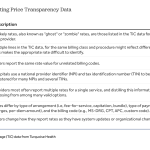
Promoting price transparency in health care is a policy approach with bi-partisan support in Congress and the public at large. This analysis examines the vast troves of price transparency data that payers are required and finds unlikely prices, inconsistencies, and other oddities that pose major challenges for efforts to use it to promote competition and…
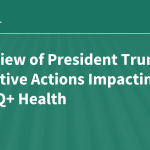
This tracker examines Executive Actions taken by the Trump administration that have the potential to impact LGBTQ+ people’s health. It lists the action taken by date, provisions relevant to LGBTQ+ health, and describes potential impact, including litigation challenging these actions.

Ask any healthcare revenue cycle manager how they feel about using artificial intelligence (AI), and the response is likely to be “hopeful, but wary.” The potential is clear — fewer denials, faster reimbursements and more efficient workflows. However, with adoption slowing, it seems many have lingering concerns about implementation. According to Experian Health’s State of…
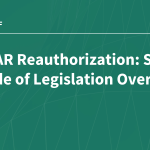
This brief identifies time-bound PEPFAR authorities and also provides a detailed side-by-side comparison of PEPFAR’s authorizing legislation over time.